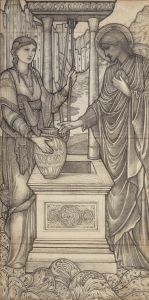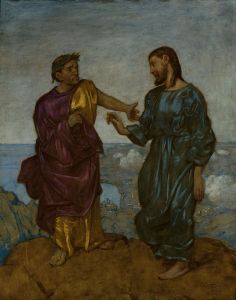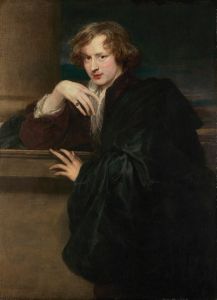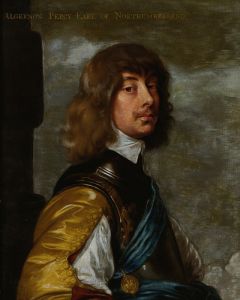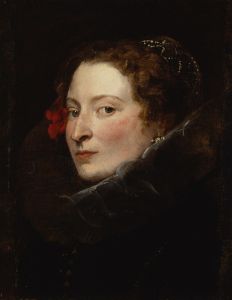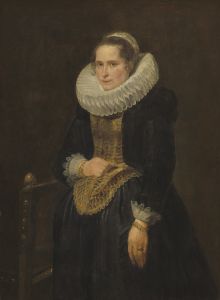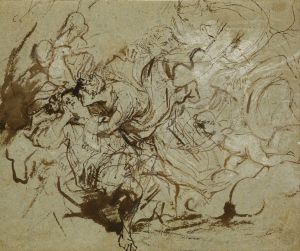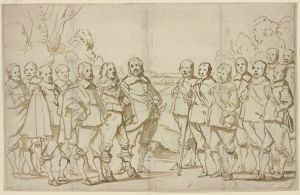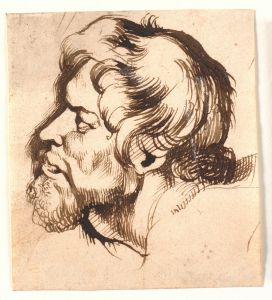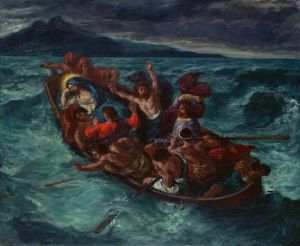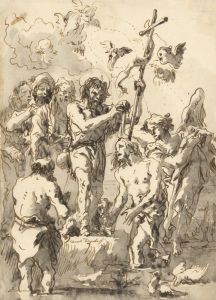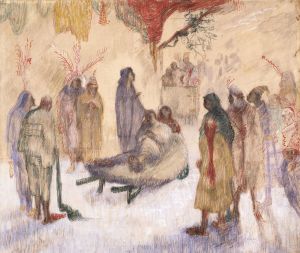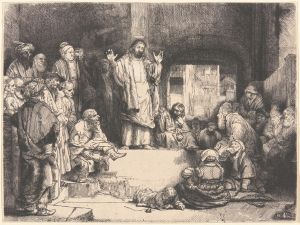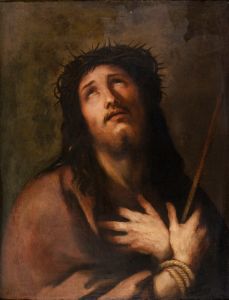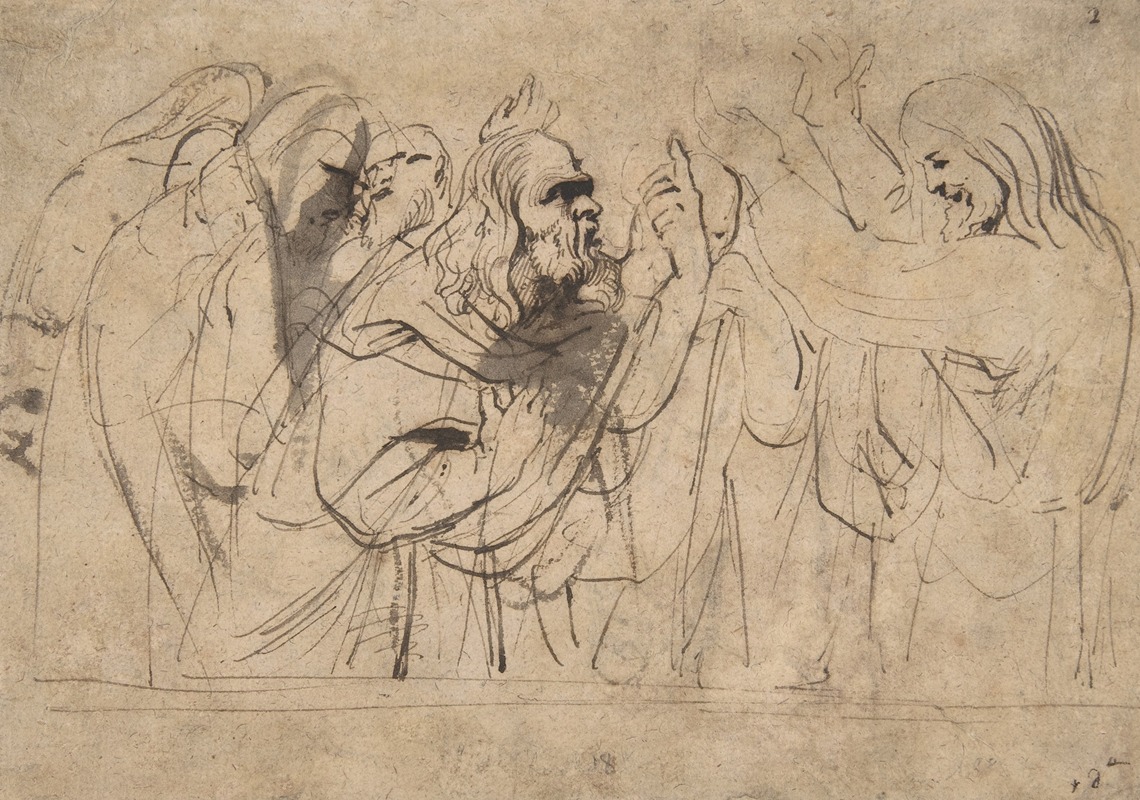
Christ and the Pharisees
A hand-painted replica of Anthony van Dyck’s masterpiece Christ and the Pharisees, meticulously crafted by professional artists to capture the true essence of the original. Each piece is created with museum-quality canvas and rare mineral pigments, carefully painted by experienced artists with delicate brushstrokes and rich, layered colors to perfectly recreate the texture of the original artwork. Unlike machine-printed reproductions, this hand-painted version brings the painting to life, infused with the artist’s emotions and skill in every stroke. Whether for personal collection or home decoration, it instantly elevates the artistic atmosphere of any space.
Anthony van Dyck, a prominent Flemish Baroque artist, is renowned for his portraits and religious works. However, there is no widely recognized painting titled "Christ and the Pharisees" attributed to Anthony van Dyck. It is possible that there might be some confusion or misattribution regarding this title. Van Dyck's oeuvre primarily consists of portraits, religious scenes, and mythological subjects, but this specific title does not appear in the most comprehensive catalogs of his work.
Van Dyck was born in 1599 in Antwerp and became a leading artist of the 17th century. He was a student of Peter Paul Rubens, another master of the Baroque period, and his influence is evident in Van Dyck's dynamic compositions and dramatic use of color and light. Van Dyck's religious paintings often depict scenes from the New Testament, focusing on the life of Christ, the apostles, and various saints. His works are characterized by their emotional intensity and the delicate rendering of figures.
If a painting titled "Christ and the Pharisees" were to exist, it would likely depict a scene from the New Testament where Jesus interacts with the Pharisees, a group of Jewish leaders known for their strict adherence to the law. Such scenes are common in Christian art, as they highlight the moral and theological teachings of Jesus, often contrasting them with the legalistic views of the Pharisees.
Van Dyck's religious paintings typically convey a sense of movement and emotion, capturing the spiritual essence of the biblical narratives. His ability to portray the human form with grace and sensitivity made his religious works particularly compelling. In his paintings, Van Dyck often employed a rich color palette and dramatic contrasts of light and shadow, techniques that he mastered under the tutelage of Rubens.
Throughout his career, Van Dyck traveled extensively, working in Italy, England, and the Spanish Netherlands. His time in Italy exposed him to the works of the Renaissance masters, which influenced his style and contributed to his development as an artist. In England, Van Dyck became the leading court painter for King Charles I, producing numerous portraits of the royal family and the English nobility.
While Van Dyck's religious works are significant, his legacy is most strongly associated with his portraits, which set a new standard for elegance and sophistication in portraiture. His influence extended beyond his lifetime, impacting generations of artists who followed.
In conclusion, while Anthony van Dyck is a celebrated figure in the history of art, there is no verifiable information on a painting titled "Christ and the Pharisees" by him. His contributions to religious art and portraiture remain highly regarded, and his works continue to be studied and admired for their artistic and historical significance.





